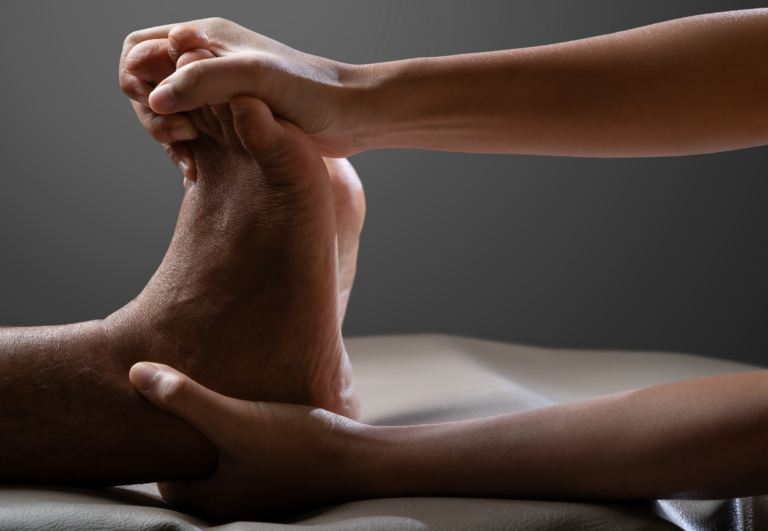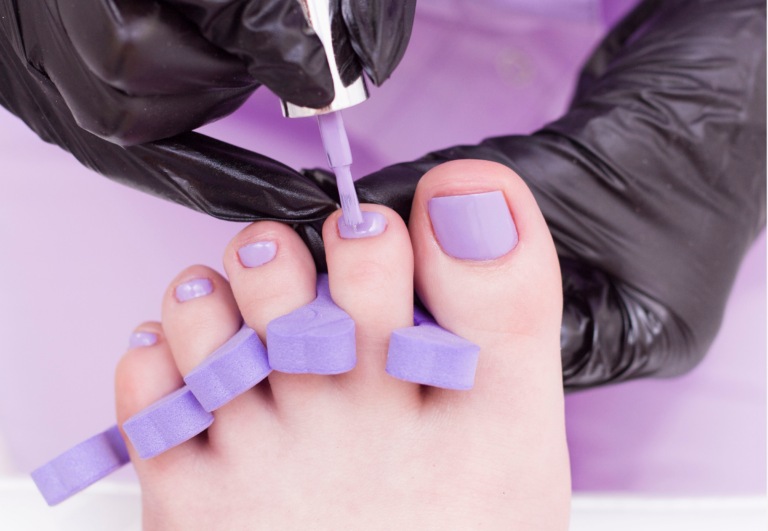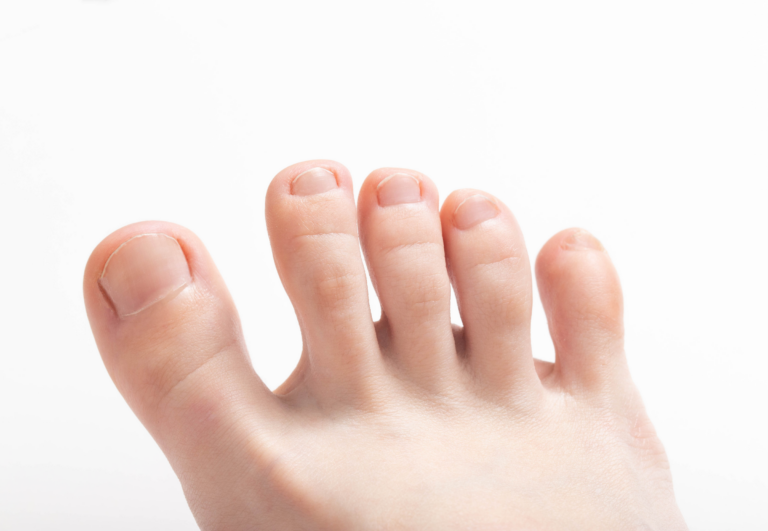Toe Spacers and Foot Exercises: Enhancing Alignment and Alleviating Pain
Toe spacers, also commonly known as toe separators, are nifty tools designed to improve foot function and comfort. As someone who has personally seen the benefits of using these devices, I can attest to their effectiveness in aiding with toe alignment, enhancing balance, and potentially reducing toe pain. Made from various materials like silicone or foam, toe spacers are inserted between toes to encourage proper spacing, which can lead to better mobility and flexibility in the feet.
Incorporating foot exercises into your routine can also be a game-changer for foot health. These exercises aim to strengthen the muscles, improve range of motion, and support overall foot structure. Whether you’re an athlete looking to boost performance or someone just aiming for more comfortable walks, a little attention to your feet can go a long way. While I’m not a healthcare professional, my extensive experience with foot care products suggests that consulting with one before starting any new regimen can help tailor a program to your specific needs.
Understanding Toe Deformities
Toe deformities are variations in the shape and structure of the toes that can lead to discomfort and affect mobility. Toe spacers can be essential in managing and preventing further misalignment. Let’s explore some specific toe deformities.
Bunions and Hallux Valgus
Bunions, a form of hallux valgus, develop when the big toe angles towards the second toe, creating a prominent bony bump at the inside foot edge. This misalignment can cause toe pain and affect walking. Wearing foot mobilization and exercise programs combined with toe separators may improve outcomes after one year.
- Causes: Genetics, improper footwear, arthritis
- Symptoms: Pain, redness, swelling, difficulty in toe movement
| Management Techniques | Description |
|---|---|
| Toe Separators | Use to realign toes and reduce pressure on the bunion. |
| Fitted Shoes | Wear shoes with a wide toe box to accommodate the bunion. |
| Exercises | Strengthen foot muscles to support the toe’s proper alignment. |
Hammertoes
Hammertoes occur when the toe’s middle joint bends abnormally, causing a hammer-like appearance. It often affects the second, third, or fourth toes and can lead to corns and calluses due to friction against the shoe.
- Causes: Muscle imbalance, high-arched feet, tight shoes
- Symptoms: Fixed toe bend, corns on top of joints, pain when walking
Prevention Tips:
- Avoid high heels and narrow-toed shoes.
- Use toe spacers to provide cushioning between curled toes.
Other Common Toe Problems
Other toe issues include ingrown toenails, where the toenail grows into the flesh rather than over it, and arthritis, leading to structural deformities.
- Common conditions: Corns, calluses, ingrown toenails
- Arthritis: Can cause changes in toe joints leading to further deformities, often exacerbated by ill-fitting footwear.
Helpful Solutions:
- Maintain proper nail care to prevent ingrown toenails.
- Choose well-cushioned, supportive footwear to minimize arthritis impact on toes.
The Role of Toe Spacers in Foot Health
Toe spacers play a crucial role in promoting optimal foot health by aiding in proper toe alignment and relieving pressure on the foot joints. They are commonly used to address discomfort and structural issues.
Types of Toe Spacers
Toe spacers come in various materials such as silicone, gel, and foam. Silicone toe spacers are durable and flexible, allowing them to fit comfortably between toes.
Gel toe spacers tend to be softer and mold nicely to the contours of the feet, providing a cushioning effect. Foam toe spacers are lightweight and can be a good option for sensitive skin due to their softer texture.
Benefits of Using Toe Spacers
Toe spacers are invaluable for improving foot alignment and facilitating pain relief. By separating the toes, they help to reduce friction and pressure, which can alleviate pain from conditions such as hallux valgus.
Additionally, correct toe spacing can enhance circulation in the feet, leading to better overall foot health. Regular use of toe spacers can also help to strengthen foot muscles, potentially improving balance and gait.
Selecting the Right Toe Spacers
When choosing toe spacers, it’s important to consider the material and size to ensure they meet your needs. Silicone and gel toe spreaders are often preferred for their comfort and ability to adapt to your foot’s shape.
The fit should be snug but not too tight, to avoid restricting circulation. Keep in mind that some toe spacers are designed for use during the day while active, whereas others may be intended for nighttime use to gently realign the toes during sleep.
Effective Foot Exercises for Strength and Flexibility

Incorporating a variety of exercises into a routine can greatly improve the strength, flexibility, balance, and stability of the foot muscles and ligaments, ultimately aiding in a healthier gait.
Stretching Exercises
Stretching is fundamental for maintaining foot flexibility and reducing tension in the ligaments. I find that doing the toe extension—where you pull your toes back toward your shin—can help counteract the rigidity that often accompanies prolonged sitting or standing.
Another excellent stretch is the heel drop, which you can perform on a step to stretch the calf muscles and Achilles tendon, promoting flexibility and aiding in preventing injuries.
Strengthening Exercises
I’ve learned that bolstering foot strength involves targeting the smaller muscles which support proper foot mechanics.
A simple yet effective exercise is the toe curl, which involves picking up small objects with your toes. Additionally, performing heel raises regularly can fortify the muscles surrounding the ankle, enhancing overall foot strength and contributing to a more stable gait.
Balance and Stability Workouts
For balance and stability, using toe spacers can be beneficial while engaging in balance exercises, as I’ve seen improvements in my clients’ proprioception.
One recommended activity is the single-leg balance, where you stand on one foot, optionally using toe spacers to ensure your toes remain properly aligned. This can be progressed by closing your eyes or standing on an unstable surface. Another is the ankle wobble board exercise, which challenges the stability of the foot and ankle and helps improve balance.
Choosing Suitable Footwear for Healthy Toes
When selecting footwear, it’s crucial to consider how different styles impact toe health to prevent discomfort and promote long-term foot well-being.
Impact of Footwear on Toe Health
Wearing the wrong type of shoes can lead to a range of toe problems, including the development of bunions, hammer toes, and other foot deformities. High heels and shoes with narrow toe boxes force toes into unnatural positions, causing pressure and pain.
On the other hand, shoes that provide ample space allow toes to spread naturally, which is particularly important for those using toe spacers as part of their foot care routine. Proper footwear can also accommodate insoles and orthotics, which may be recommended for managing or preventing foot issues.
Footwear Recommendations for Toe Spacer Users
For individuals who use toe spacers, my advice is to look for shoes designed with a wider toe box. This feature offers enough room to accommodate the spacers without causing excessive pressure on the toes. Additionally, opting for shoes with a low heel-to-toe drop maintains a more natural foot posture, which is beneficial when wearing toe spacers. Here is a quick checklist for toe-friendly footwear:
- Toe Box: Wide enough to not compress toes
- Heel Drop: Minimal to encourage natural foot alignment
- Flexibility: Shoes should allow for the natural movement of the feet
- Support: Adequate arch support, possibly with removable insoles to insert custom orthotics
Modern footwear often fails to provide the needed support and space for healthy toes. However, there are now brands and styles that prioritize foot health, offering shoes that meet these criteria. When shoes and toe spacers are used in harmony, they can help in maintaining healthy foot alignment and prevent discomfort.
Professional Care and Advanced Treatment Options
My experience with toe spacers has shown that they can be part of an effective treatment plan for various foot conditions. However, professional care is often necessary to tailor these plans and ensure they are supported by advanced options when needed.
When to See a Podiatrist
If you experience persistent foot pain or suspect any abnormalities, visiting a podiatrist is a crucial first step. They can diagnose conditions accurately and suggest the appropriate treatments. For anyone considering toe spacers, a podiatrist can advise on their proper use and potential benefits for your specific situation.
Treatment Plans
A treatment plan from a healthcare professional might include physical therapy to strengthen and stretch the muscles, tendons, and ligaments of the foot. Toe spacers could be recommended alongside exercises to realign the toes and relieve discomfort. Night splints may also be prescribed to maintain the correct toe position while sleeping.
Surgical Interventions and Orthotics
In some cases, more advanced care in the form of surgery might be needed to correct severe issues. For non-surgical routes, orthotics — custom-designed shoe inserts — can be utilized to provide support and alleviate pressure points. Always discuss such options with a DPM (Doctor of Podiatric Medicine) to understand the potential risks and benefits before proceeding.
By considering these professional care options and advanced treatments, you can make informed decisions about managing your foot health.





